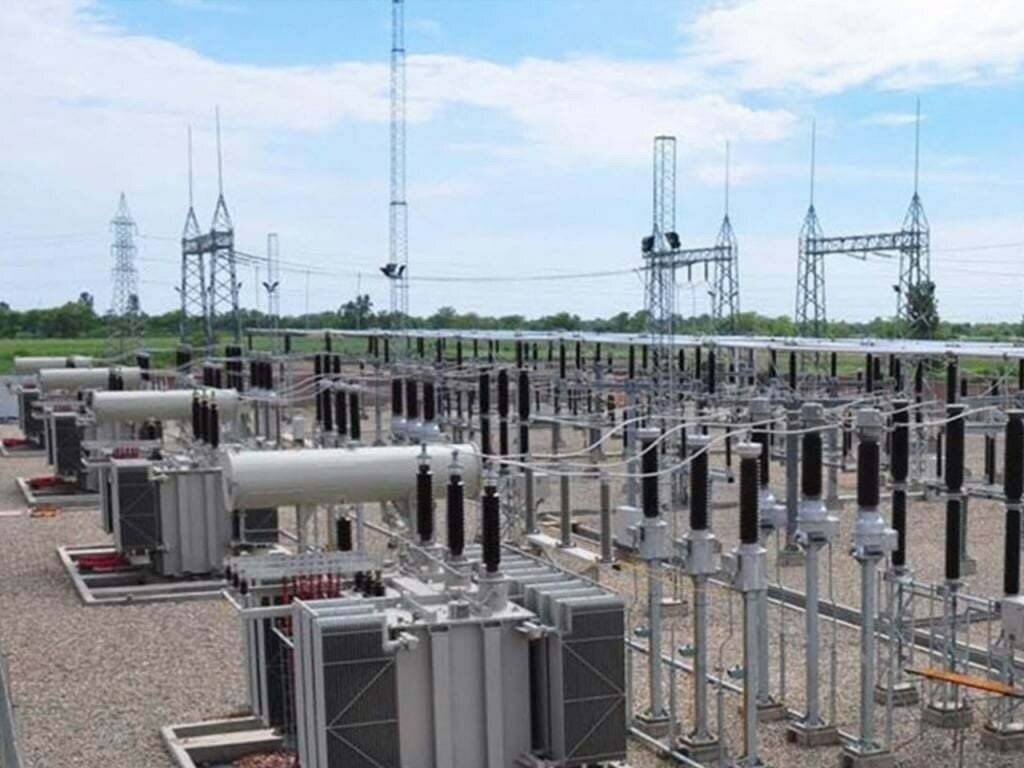Farmers across the United States are facing a challenging year as corn prices have plummeted, leaving many regretting their decision to delay sales. After hopes of higher prices were dashed by favorable weather conditions, fields that were once expected to yield a smaller harvest are now producing record amounts of corn.
The unexpected turnaround has left storage bins overflowing with corn, creating a stark contrast to the optimism that prevailed just a few months ago. Farmers who held onto their crops in anticipation of better prices are now grappling with the consequences of their decisions.
The downturn in corn prices, the steepest in a decade, has dealt a severe blow to the rural economy, which was already reeling from two years of high prices and tight supplies. The reversal of fortune has been swift and painful, as farmers now find themselves grappling with a glut of corn and dwindling profits.

Corn Supplies in Silos (Credits: Eater)
Despite the challenges they face, farmers are determined to weather the storm. Some are cutting back on purchases of expensive equipment and planting less corn in the hopes of reducing their losses. Others are exploring alternative crops, such as sorghum, which requires less fertilizer and has less expensive seeds than corn.
The situation has also sparked a debate among farmers about when to sell their crops. The “store and ignore” strategy, once seen as a prudent approach, has now been called into question, with many farmers regretting their decision to hold onto their crops.
As farmers grapple with the fallout from the drop in corn prices, the broader implications for the agricultural industry remain uncertain. The ripple effects of the downturn are being felt across rural America, with net farm income projected to suffer the largest year-to-year dollar decrease in history.
Despite the challenges they face, farmers are resilient and determined to find a way forward. As they navigate the uncertainties of the market, they are adapting to changing conditions and exploring new strategies to ensure their survival in an increasingly volatile industry.























